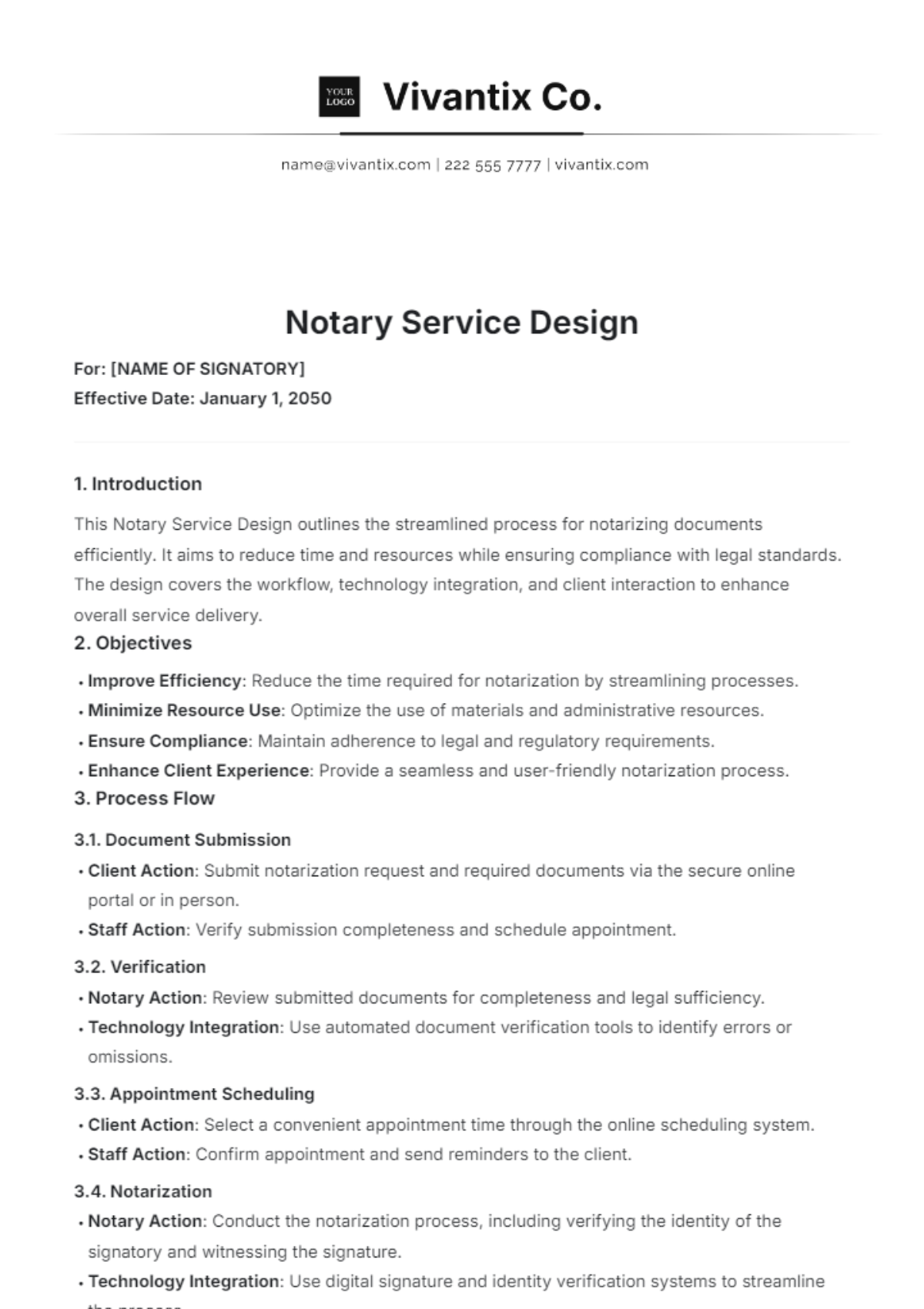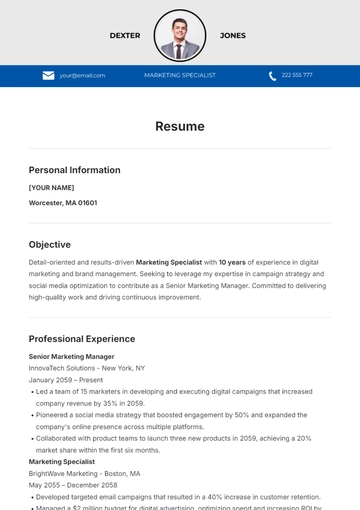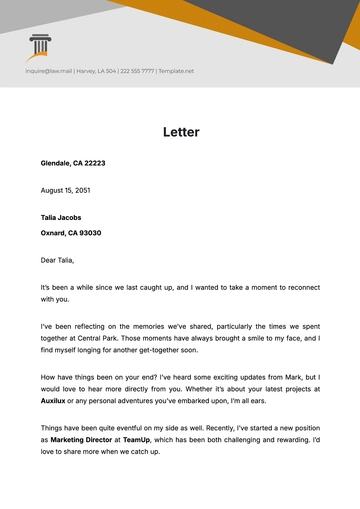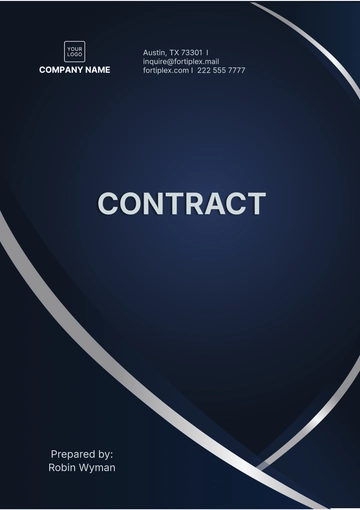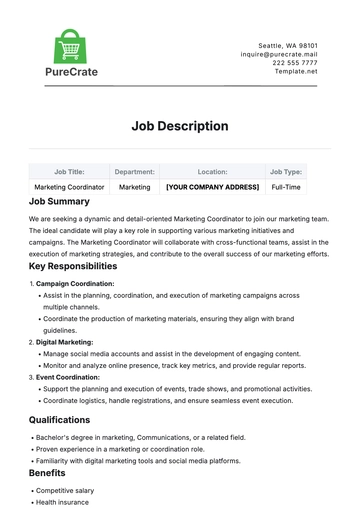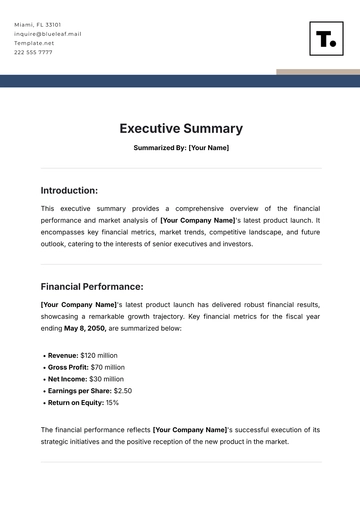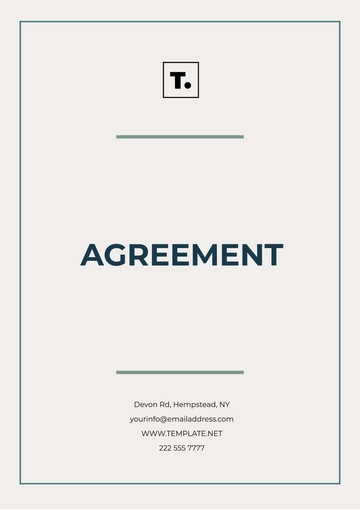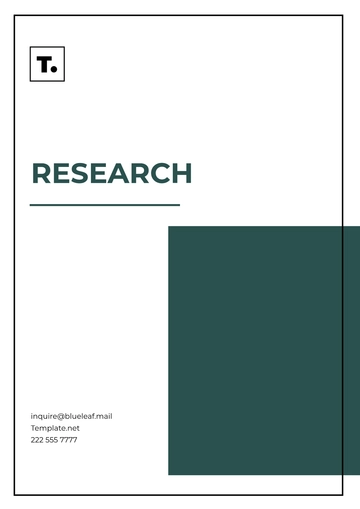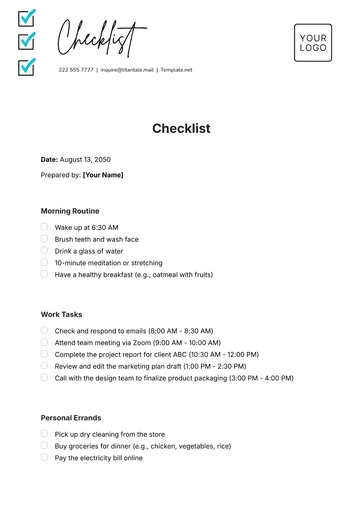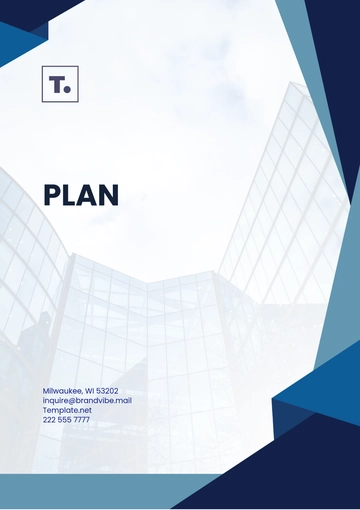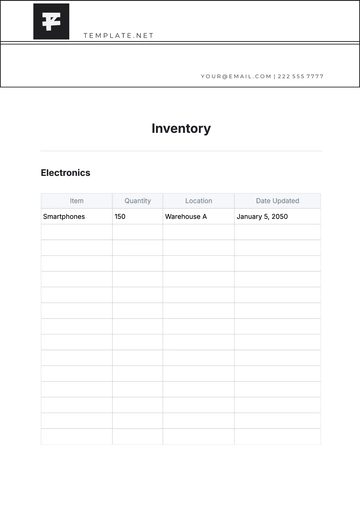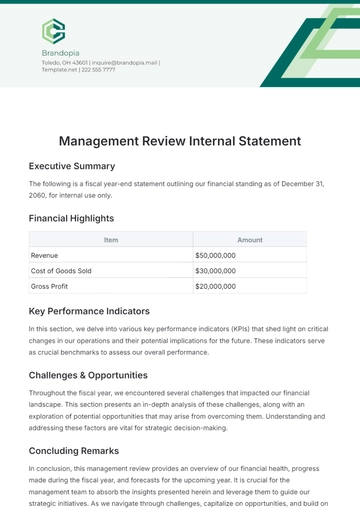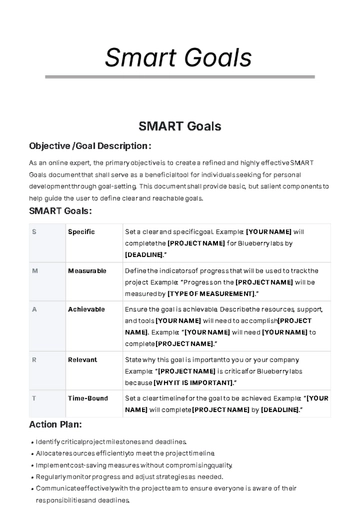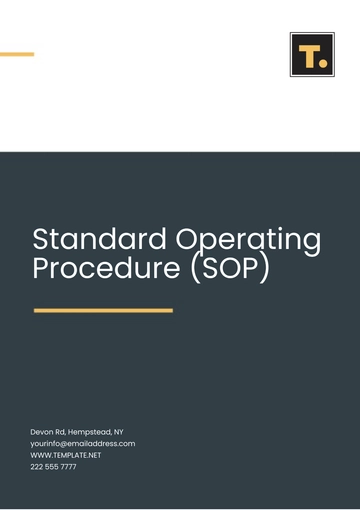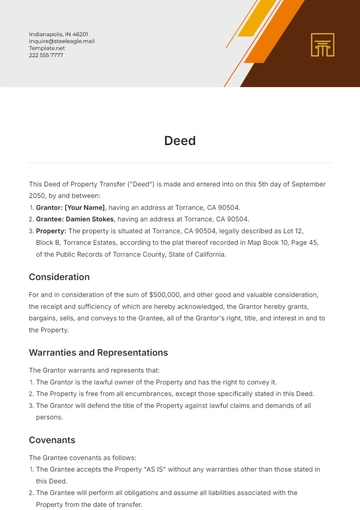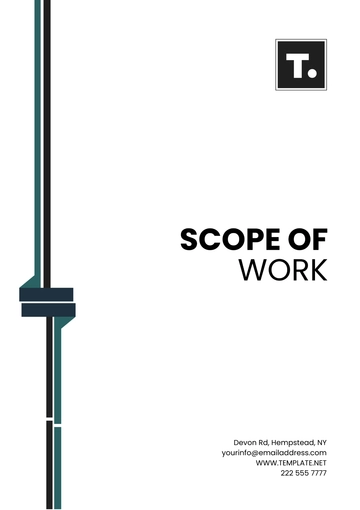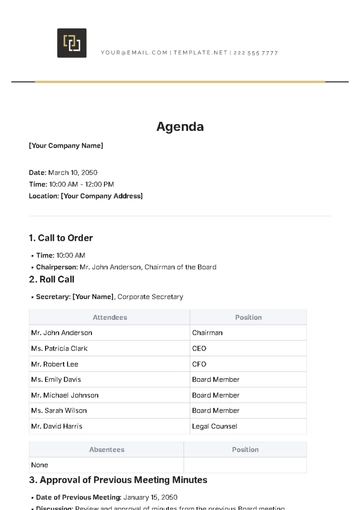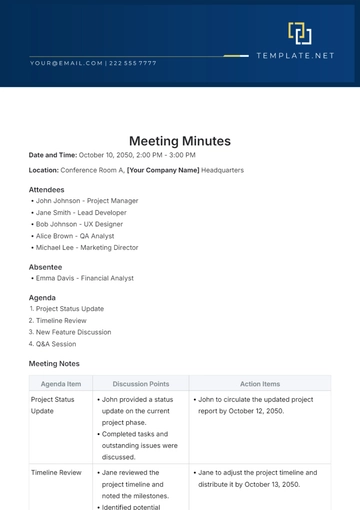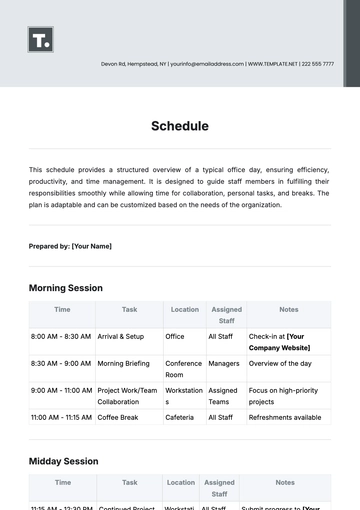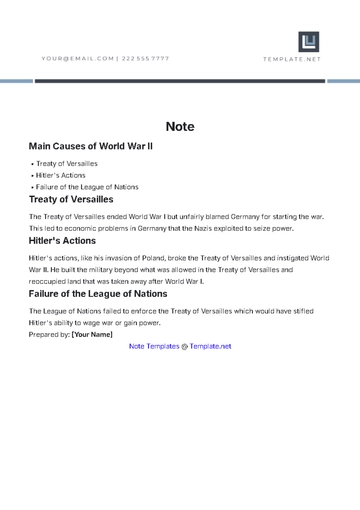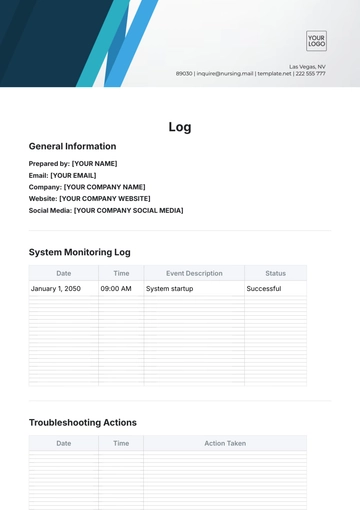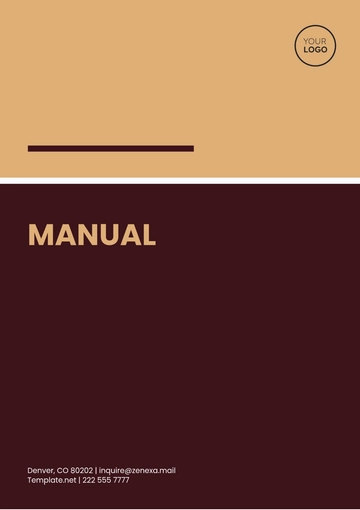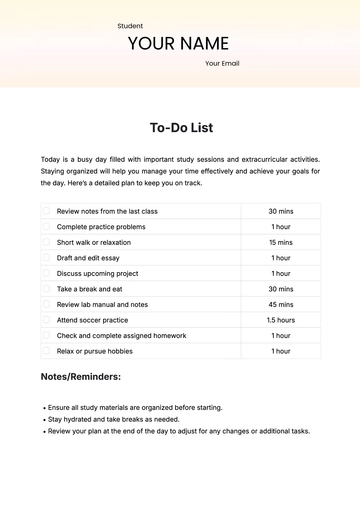Notary Service Design
For: [NAME OF SIGNATORY]
Effective Date: January 1, 2050
1. Introduction
This Notary Service Design outlines the streamlined process for notarizing documents efficiently. It aims to reduce time and resources while ensuring compliance with legal standards. The design covers the workflow, technology integration, and client interaction to enhance overall service delivery.
2. Objectives
Improve Efficiency: Reduce the time required for notarization by streamlining processes.
Minimize Resource Use: Optimize the use of materials and administrative resources.
Ensure Compliance: Maintain adherence to legal and regulatory requirements.
Enhance Client Experience: Provide a seamless and user-friendly notarization process.
3. Process Flow
3.1. Document Submission
3.2. Verification
3.3. Appointment Scheduling
3.4. Notarization
Notary Action: Conduct the notarization process, including verifying the identity of the signatory and witnessing the signature.
Technology Integration: Use digital signature and identity verification systems to streamline the process.
3.5. Document Processing
3.6. Post-Notarization
4. Roles and Responsibilities
Notary Public: Conduct notarization, verify documents, and handle client interactions.
Administrative Staff: Manage appointments, handle document submissions, and ensure compliance with procedures.
Clients: Submit documents, attend appointments, and provide necessary identification.
5. Technology Integration
Online Portal: Secure platform for document submission, appointment scheduling, and retrieval of notarized documents.
Digital Verification Tools: Automated systems for verifying document completeness and signatory identity.
Digital Signature Software: Tools for affixing electronic signatures and seals.
6. Compliance Requirements
Ensure all notarizations are performed in accordance with local, state, and federal laws.
Maintain records of notarized documents and client interactions for the legally required retention period.
Regularly update procedures to reflect changes in legal requirements.
7. Quality Assurance
Regular Reviews: Conduct periodic reviews of the notarization process to identify areas for improvement.
Feedback Mechanism: Collect client feedback to address any issues and enhance the service experience.
Training: Provide ongoing training for notaries and administrative staff to ensure adherence to procedures and use of technology.
8. Training Materials
User Guides: Detailed instructions for using the online portal and digital tools.
Process Flowcharts: Visual representations of the notarization process for quick reference.
Compliance Checklists: Lists of legal and procedural requirements to ensure all steps are followed.
Document Control
Version: 1.0
Effective Date: January 1, 2050
Review Date: January 1, 2051
Approved By: [YOUR NAME]
Notary Templates @ Template.net
